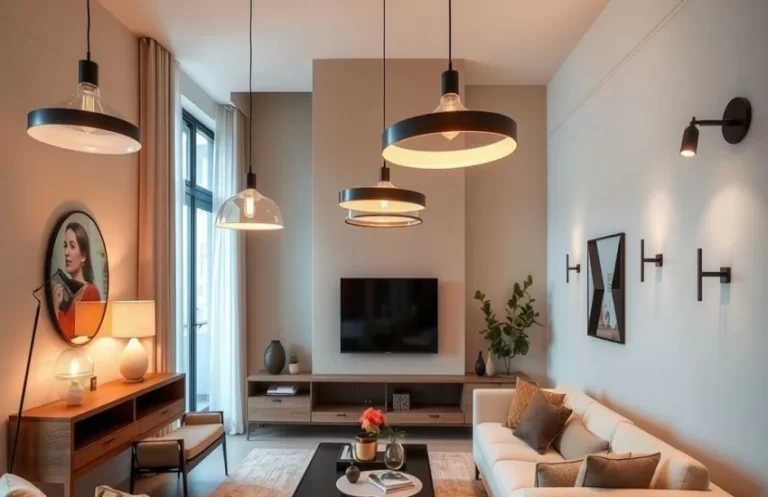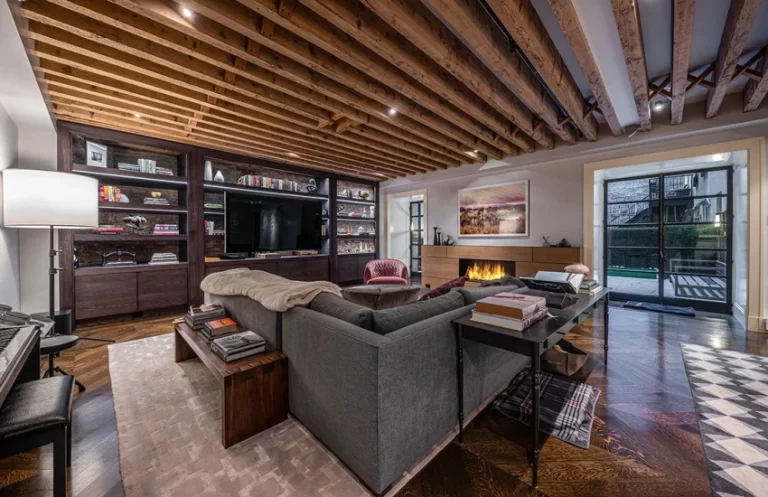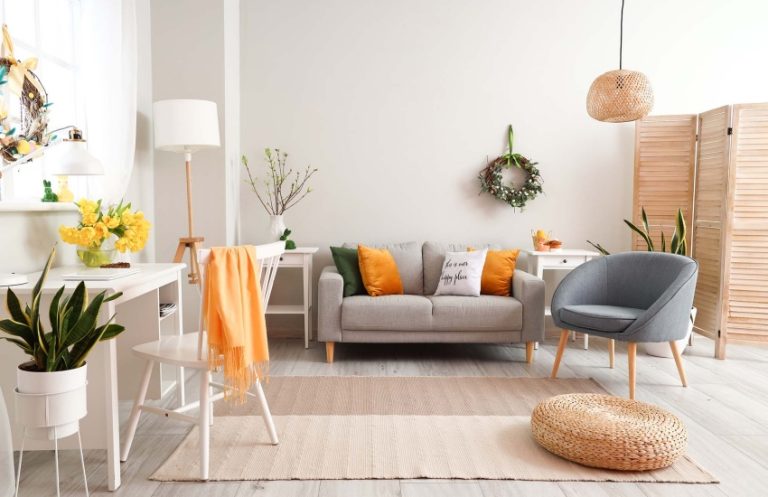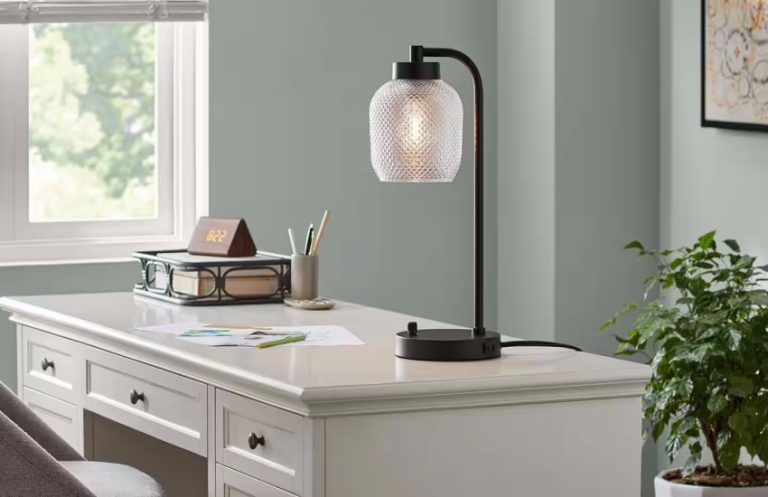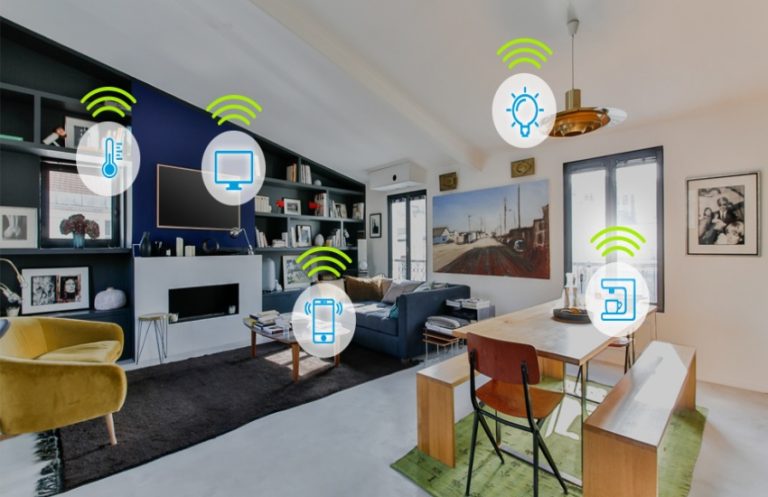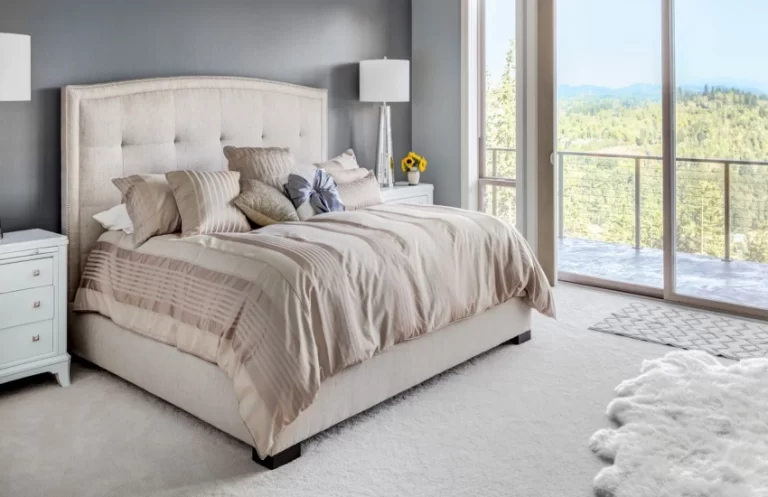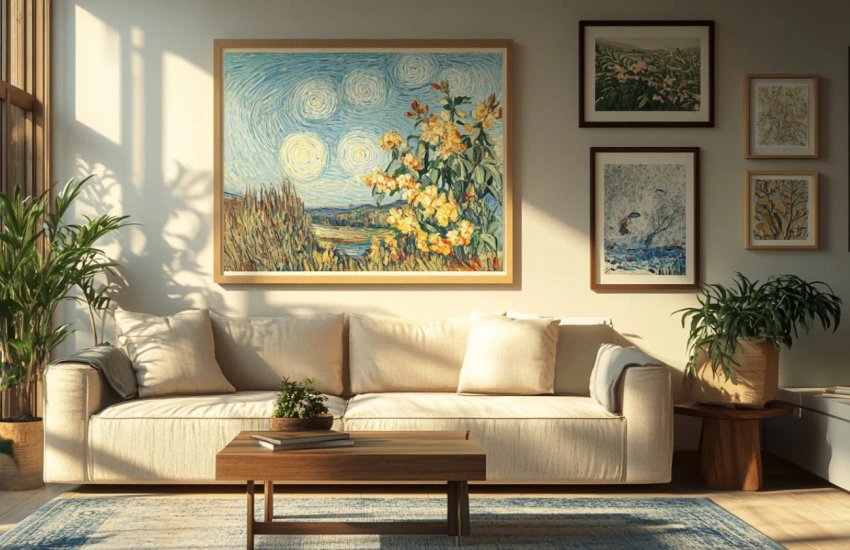
One popular approach to wall art is the gallery wall, which involves arranging a collection of framed artworks, photographs, or prints in a cohesive display. This arrangement allows for creativity and personalization, as homeowners can mix different styles and sizes of frames. Choosing a unifying theme, such as color or subject matter, can create a harmonious look while showcasing a range of artistic expressions. A gallery wall can serve as a focal point in a room, drawing attention and sparking conversation.
large statement pieces is another effective way to enhance wall decor. Oversized artworks can create a dramatic impact, filling empty wall space and making a bold statement. Selecting a piece that resonates with personal interests or emotions can add depth to the room. Large canvases or murals can also serve as conversation starters, inviting guests to engage with the artwork. Positioning these pieces at eye level ensures they are easily appreciated and can significantly influence the overall ambiance of the space.
Artistic prints and posters offer a more affordable option for adding character to walls. These pieces come in various styles, from abstract designs to vintage advertisements, allowing homeowners to find options that align with their personal aesthetic. Frame selection plays a crucial role in enhancing the overall presentation of prints. A well-chosen frame can elevate a simple print into a sophisticated decor element. Mixing different styles of frames can add visual interest and create a curated look.
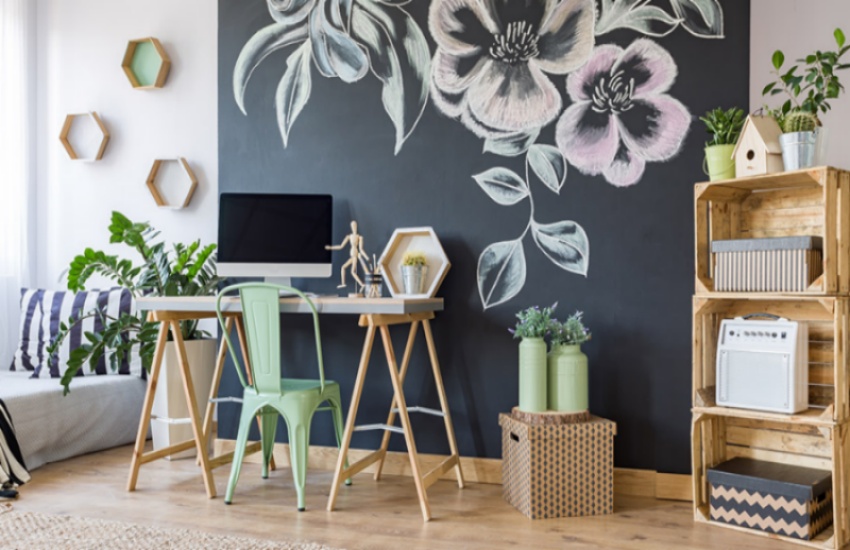
Textile art is an emerging trend that adds texture and warmth to walls. Tapestries, woven wall hangings, and fabric art can create a cozy atmosphere, making a space feel more inviting. These pieces can soften the look of a room and provide a tactile element that traditional framed art may lack. Incorporating textile art can also reflect cultural influences or personal experiences, adding layers of meaning to the decor.
Three-dimensional elements into wall art can create a dynamic and engaging visual experience. Sculptural pieces, wall-mounted shelves, or decorative objects can add depth and interest to flat surfaces. This approach allows for a playful interaction between the art and the surrounding space. Using materials such as wood, metal, or glass can enhance the tactile experience and create a unique focal point.
Nature-inspired art is another captivating option for wall decor. Artwork featuring landscapes, botanical prints, or animal imagery can bring the beauty of the outdoors inside. These pieces can evoke a sense of tranquility and connection to nature, making them ideal for spaces designed for relaxation. Choosing art that reflects personal experiences in nature can create a meaningful connection to the decor.
Wall art into home decor is an effective way to personalize and enhance living spaces. From gallery walls to large statement pieces, the options are endless. Exploring various styles, materials, and arrangements can inspire creativity and transform any room into a visually appealing environment. Understanding how to select and arrange wall art can empower homeowners to create spaces that truly reflect their unique aesthetic and lifestyle.
